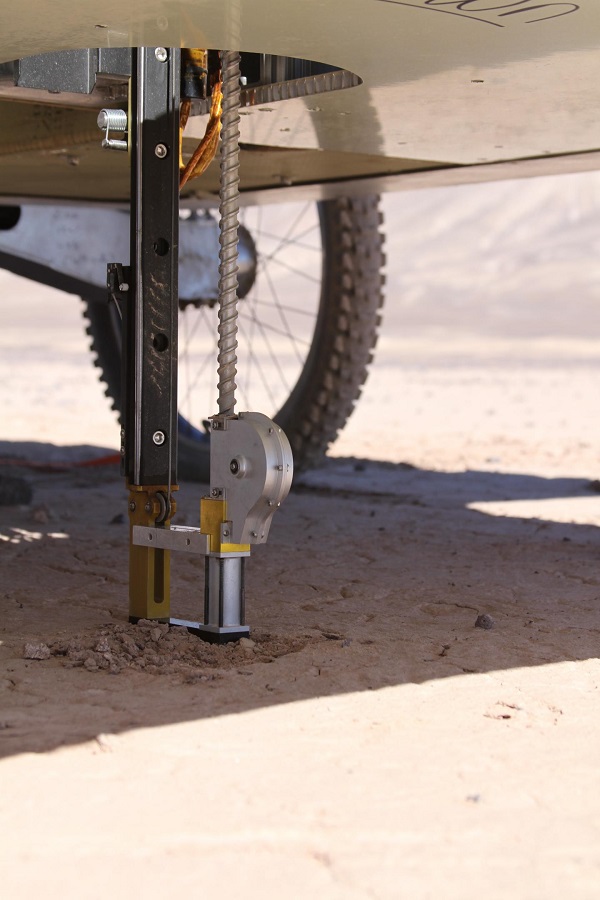Chile’s Atacama Desert often serves as a testbed for robotic rovers bound for Mars, since it closely mimics the Martian environment. While at the site, trial rovers recently posted some exciting results—they were able to recover subsurface samples, which could greatly aid missions looking for signs of life on Mars.
“We have shown that a robotic rover can recover subsurface soil in the most Mars-like desert on Earth,” says Stephen Pointing, a professor at Yale-NUS College, Singapore, who led the microbial research. “This is important because most scientists agree that any life on Mars would have to occur below the surface to escape the harsh surface conditions where high radiation, low temperature, and lack of water make life unlikely.”
.jpg)
The autonomous robotic drill and sampling unit traveled 80 cm to retrieve the samples below the Mars-like terrain. The team also cautiously took some soil sample by hand. Later, both sample sets were analyzed through DNA sequencing, and the two methods revealed similar results, proving the rover’s trial a success.
The tests also showed the patchiness of microbial life, which was “related to the limited water availability, scarce nutrients, and geochemistry of the soil,” according to Frontiers.
“These results confirm a basic ecological rule that microbial life is patchy in Earth’s most extreme habitats, which hints that past or present life on other planets may also exhibit patchiness,” says Nathalie Cabrol and Kim Warren-Rhodes of The SETI Institute, and study co-authors. “While this will make detection more challenging, our findings provide possible signposts to guide the exploration for life on Mars, demonstrating that it is possible to detect life with smart robotic search and sampling strategies.”

NASA and the European Space Agency (ESA) are gearing up for 2020 missions to unleash rovers upon Mars, looking for signs of present or past life by drilling underneath the surface. And Chile’s Atacama Desert serves as a good test site while the technology is still on Earth.
“The core of the Atacama Desert in Chile is extremely dry, experiencing decades without rainfall. It has high surface UV radiation exposure and is comprised of very salty soil. It’s the closest match we have on Earth to Mars, which makes it good for testing simulated missions to this planet,” Pointing explains.
Next, the research will focus on deeper drilling to determine the maximum depth for microbial communities.
“Mars missions hope to drill to approximately 2 m and so having an Earth-based comparison will help identify potential problems and the interpretation of results once rovers are deployed there. Ecological studies that help us predict the habitable areas for microbial communities in Earth’s most extreme environments will also be critical to finding life on other planets,” Pointing says.
The report, “Subsurface Microbial Habitats in an Extreme Desert Mars-Analog Environment,” was published in Frontiers in Microbiology.

